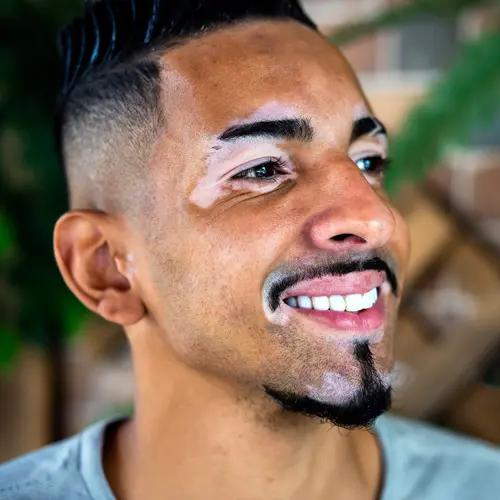If you've watched a horror film, you probably know the sensation: small bumps that pop up on your skin when the movie action turns scary. They're called goosebumps, and they're usually not a big deal. But sometimes they're caused by a medical condition that needs treatment.
The reason goosebumps show up has to do with a tiny muscle that surrounds the root of every hair on your body. When the muscle tightens, a small bump appears on your skin.
Cold
If you get too cold, your brain alerts your body that it should take steps to warm up. Goosebumps are one of those signals. They're also an attempt to trap warm air next to your skin and let you hold on to your body heat.
If you have goosebumps because you're cold, other signs can include:
- Shivers
- An urge to hug yourself
- Pale skin
Once you warm up, your goosebumps should go away. Get medical help right away if you start to feel drowsy, find it hard to talk or move, or feel confused. You could have hypothermia, a condition in which your body's temperature has dropped so low that you need treatment.
Strong Feelings
When you have an intense feeling like fear, awe, or sexual desire, your body releases hormones that make the tiny muscles under your skin tighten and your hair stand on end. Furry animals have this reflex, too. It makes them look bigger and scarier when they're in danger.
Since humans don't have much body hair, you'll just see your skin get goosebumps. It's most likely to happen on your lower arms.
If an intense emotion is the reason you have goosebumps, you may also have:
- Chills
- Faster heart rate
- Quicker breathing
- Tears
Blocked Hair Follicles
Your skin contains a hard substance called keratin that helps protect it from infections. If you make too much keratin, you have a condition called keratosis pilaris. It can plug up your hair follicles -- small pockets in your skin from which your hair grows -- and leave tiny bumps.
You can get keratosis pilaris at any age, but it's most common in young children.
If keratosis pilaris is the reason for your goosebumps, other symptoms can include:
- Sandpaper-like bumps on your cheeks, upper arms, thighs, or butt
- Dry rough patches
- More bumps when the weather gets colder and drier
Keratosis pilaris is harmless. While there's no cure, it often clears up on its own. A cream that contains urea, lactic acid, salicylic acid, or alpha-hydroxy acid can help smooth rough patches and prevent more bumps.
Seizures
While rare, you could get goosebumps during a seizure. This is most likely to happen if you have temporal lobe epilepsy, in which seizures start in the part of your brain that controls your emotions.
If a seizure is the cause of your goosebumps, you may also:
- Feel confused
- Stare into space
- Swallow, chew, or smack your lips
- Make motions with your fingers
This type of seizure can last up to 2 minutes.
See your doctor if you think you've had a seizure. Many different treatments may prevent another one. These include daily medicine, surgery, or a special device that stops the nerves in your brain from misfiring.

